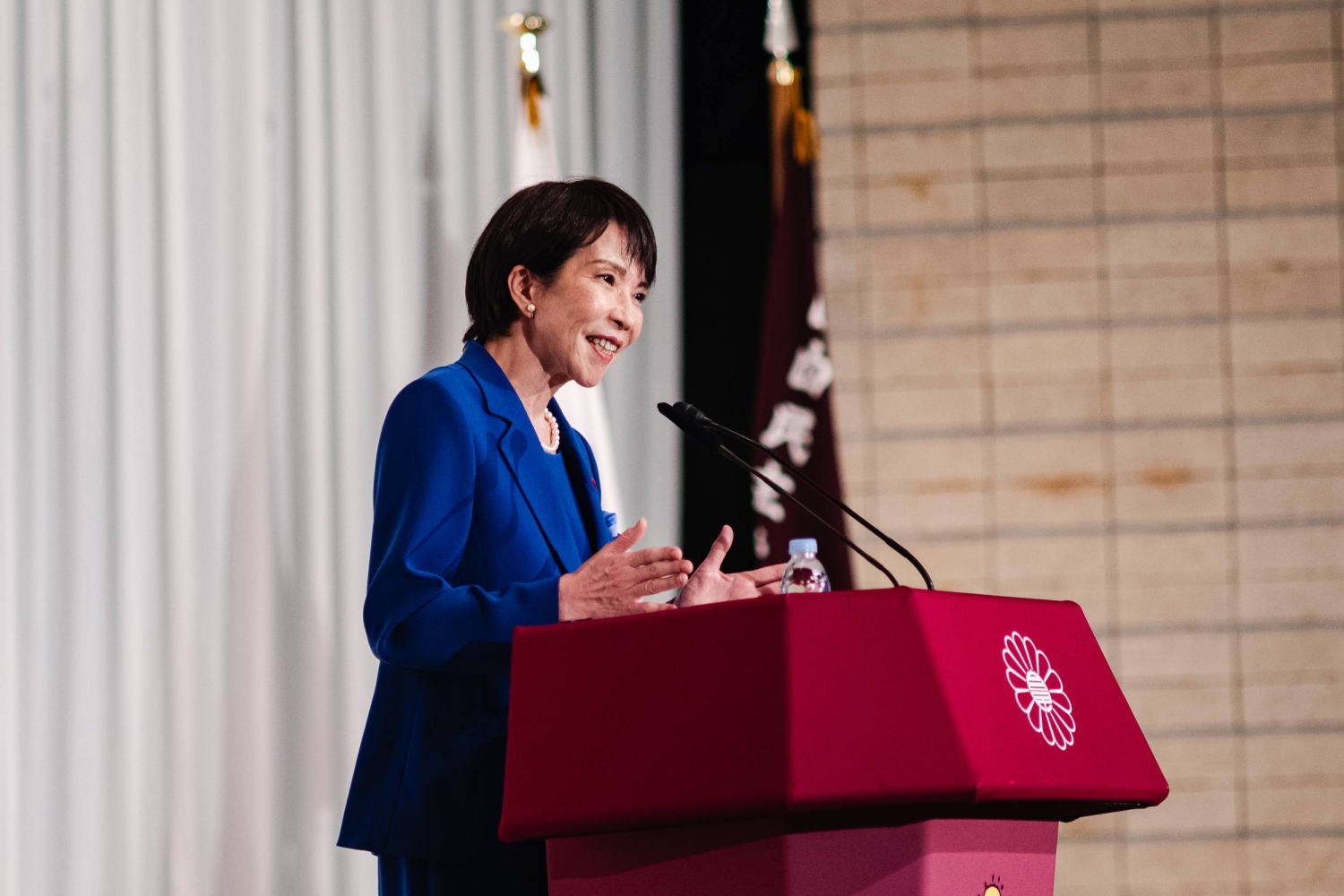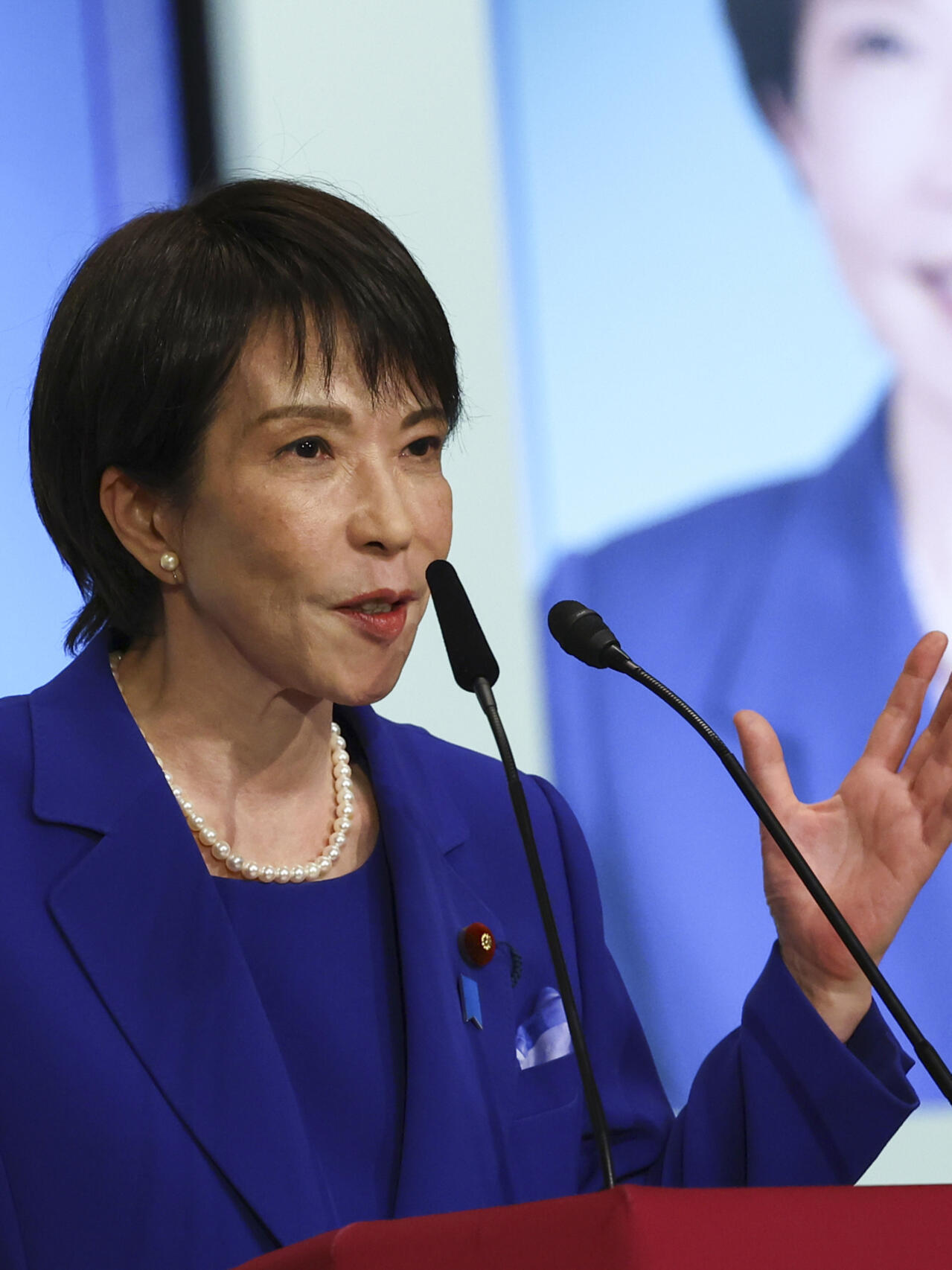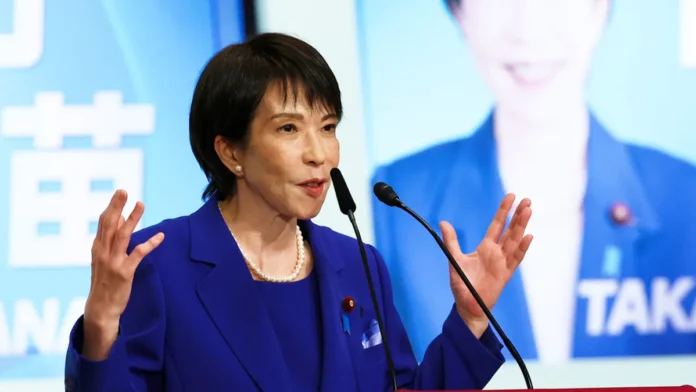Japan has reached a historic turning point as Sanae Takaichi secured leadership of the ruling Liberal Democratic Party (LDP), positioning her to become the nation’s first female prime minister. Parliament will formally vote on October 15, where her path to office is expected to be confirmed.
A Landmark Election Victory
Takaichi, 64, won the party’s leadership contest after a heated runoff against Agriculture Minister Shinjiro Koizumi. In the second round of voting, she received 185 votes compared to Koizumi’s 156, cementing her place as the LDP’s new leader.
In the initial round, neither candidate secured a majority. Takaichi earned 183 votes, slightly ahead of Koizumi’s 164, forcing the decisive runoff. Her triumph ends weeks of speculation about the future direction of Japan’s ruling party following the departure of outgoing Prime Minister Shigeru Ishiba.
Breaking Barriers in Japanese Politics

Takaichi’s victory is a watershed moment in Japanese political history. Despite being the world’s third-largest economy, Japan has long struggled with gender representation in politics. Women currently make up less than 10 percent of lawmakers in the lower house of parliament.
“Instead of feeling joy, I sense that the challenging work begins now,” Takaichi remarked after her win, acknowledging the enormous challenges ahead. Her statement reflects the uphill battle she faces, particularly as the LDP-led coalition no longer holds a majority in both parliamentary chambers.
Governing Without a Majority
One of the first tests for Takaichi will be navigating a fractured parliament. The LDP lost its majority in both houses over the past year, forcing her to seek collaboration with opposition parties. Without such alliances, her ability to pass legislation and implement reforms could be significantly hampered.
Her leadership will likely be judged not only on her policies but also on her skill in coalition-building—an area where her predecessors have struggled in recent years.
Policy Vision: Economy and Security

Drawing inspiration from former British Prime Minister Margaret Thatcher, Takaichi has championed an agenda blending conservative nationalism with economic revitalization. Her economic platform calls for “crisis management spending,” echoing the late Prime Minister Shinzo Abe’s Abenomics strategy.
Key elements of her economic agenda include:
- Expanding investment in advanced sectors such as semiconductors, nuclear fusion, and biotechnology.
- Strengthening Japan’s defense capabilities amid growing regional security concerns.
- Supporting fiscal stimulus programs aimed at ensuring economic resilience during global uncertainties.
Diplomatic Challenges on the Horizon
Takaichi’s approach to foreign relations may test Japan’s ties with its neighbors. She is a frequent visitor to the Yasukuni Shrine, which honors Japan’s war dead—including convicted war criminals—a practice that has long been a source of friction with China and South Korea.
Her stance suggests a more unapologetic nationalist tone in Japanese politics, raising questions about how she will balance domestic expectations with international diplomacy.
With the United States, Takaichi has indicated openness to revisiting Japan’s trade commitments. In particular, she has raised concerns over a $550 billion investment agreement struck with Washington, signaling that Tokyo must defend its interests if terms prove unfavorable.
A Defining Moment for Japan
Sanae Takaichi’s election as LDP leader is more than a political milestone—it represents a cultural shift in a country where leadership roles have historically been dominated by men. Her ascension carries both symbolic significance and practical challenges, as she prepares to govern during a period of economic uncertainty and political fragmentation.
If confirmed as prime minister on October 15, Takaichi will not only make history as Japan’s first woman in the role but also face the immense task of uniting a divided parliament, restoring voter confidence, and navigating the country through complex global dynamics.
For Japan, the coming weeks mark the beginning of a new chapter—one that could redefine its political landscape for generations to come.

